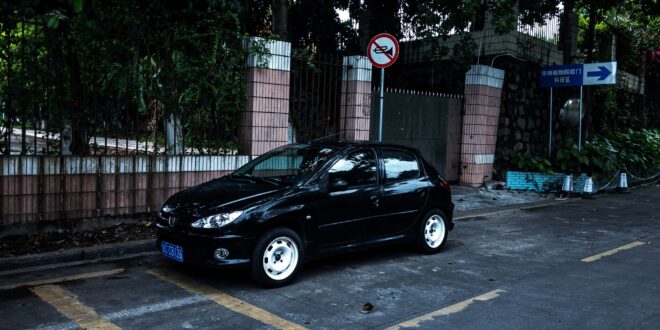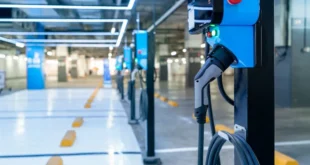Are you concerned about keeping your car in the best shape possible? Timely maintenance can help your car look and perform its best, according to those at carpro.global. It can also prevent significant repairs from taking you by surprise.
Setting up a monthly budget for regular maintenance can help you avoid more considerable costs later. We’ve put together this list of tips to help you keep your car in tip-top shape.
Check Your Tire Pressure, Including the Spare
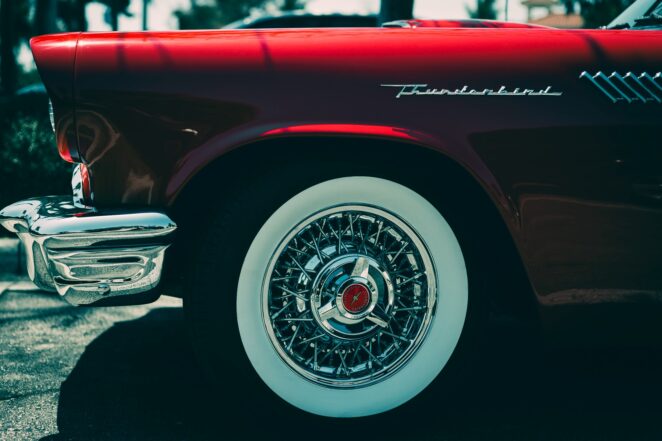
Maintaining the correct tire pressure is essential to help your tires last longer. It can also keep your fuel efficiency high. Underinflated tires have a greater contact area with the road surface, increasing friction and wear.
Tires with inadequate pressure can also be dangerous, causing you to lose control of the car. You can avoid excessive wear and costly accidents by checking tire pressure once a month.
When you put air in your driving tires, don’t forget to check the spare. It’s an unpleasant surprise to have to pay for a tow truck because you got a flat and your extra tire is unusable due to underinflation.
Change the Oil Regularly
The oil in your vehicle lubricates, cools, and cleans the engine. Over time, this petroleum derivative picks up dirt and metal particles from the motor. It thickens and becomes less efficient at protecting your engine.
Spending money now to change your oil can preserve your car’s motor, which is much more expensive to repair or replace. You should change the oil every 5,000 miles or according to the manufacturer’s recommendations.
Watch for Battery Corrosion
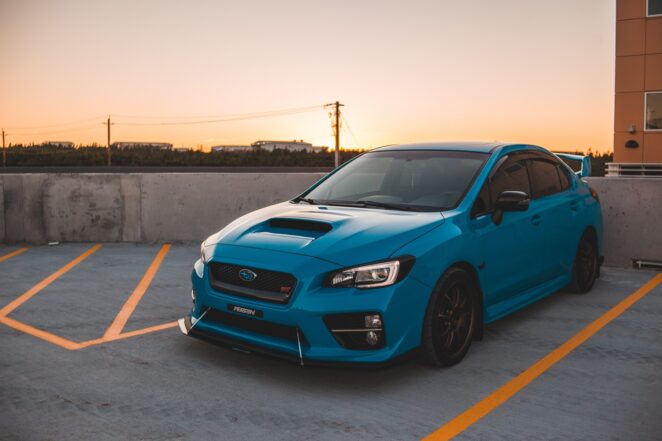
Batteries can be expensive, and so can a tow truck if your car fails to start because of battery failure. You can prolong the battery’s life by inspecting it at least twice a year. If the terminals and posts are white or bluish-green from corrosion, you can clean them with a wire brush.
Check the Suspension
Your vehicle’s suspension shocks, springs, and struts form an intricate system that keeps your car riding smoothly. Suspension problems can also cause uneven wear to other components like tires.
When one of your shocks gets worn or broken, you’ll need to replace all of them. Check your suspension every 15,000 to 30,000 miles or if you notice unusual noises or a bumpy ride.
Change Your Brake Pads and Check Brake Fluid
A squeaking sound when you brake can indicate that brake pads are very worn. It isn’t cheap to replace them, but it’s much more economical than replacing the metal components they protect. You also save yourself from the risk of accidents due to brake failure.
It’s essential to check your brake fluid, too. Experts recommend doing so each time you change the oil. If the fluid is dark-colored, get your brakes checked.
Replace Windshield Wipers
Windshield wipers can become dry and cracked, especially if your car spends a lot of time in the sun. If your wipers don’t work efficiently, dirt can accumulate and cause damage to your windshield.
Even though new windshield wipers may seem expensive, they’re a better deal than replacing the windshield. Check your wiper blades quarterly and replace them if necessary.
Rotate Your Tires
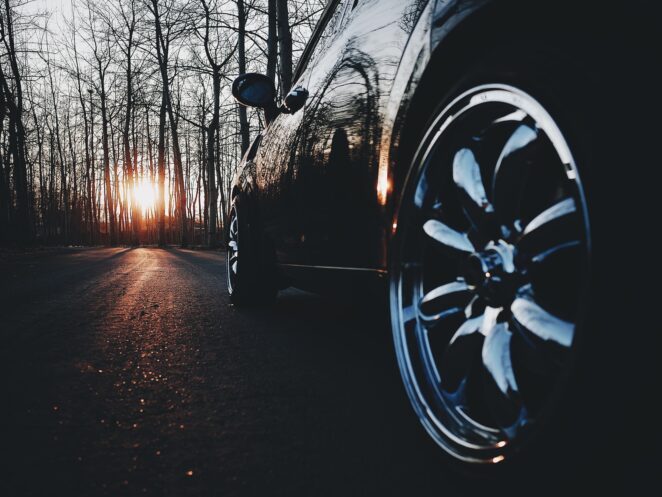
Rotating your tires can protect them from uneven wear that shortens their lifespan. Tires are expensive, so you’ll want to use them as long as possible before replacing them. In general, you should rotate your tires every 3,000 to 5,000 miles.
Change the Air Filters
Most newer vehicles have two filters – one for the motor and the other for the cabin. The engine air filter in your car prevents particles and pollutants from entering the motor and causing damage. The cabin air filter purifies that air that comes into the passenger compartment.
It’s essential to replace both filters at the intervals the manufacturer recommends. This action will keep both the engine and air conditioning system protected.
Top Off the Coolant
Multiple vehicle components depend on adequate antifreeze levels. These include the climate control system, radiator, and water pump. Check the coolant twice a year to ensure that these parts receive what they need to work efficiently and last longer.
Examine Belts and Hoses
Rubber belts and hoses are essential for engine functioning but rapidly degrade due to their composition. If you live in a hot and dry climate, these components can wear even more quickly. Take a look at these parts every so often to check if they’re dried out or have weak spots.
Belts that wear too much or break can damage other parts of the engine and cooling system. If a radiator hose bursts, your car can overheat. You can prevent costly repairs by making sure your belts and hoses are in good condition.
Get Your Emissions Inspection
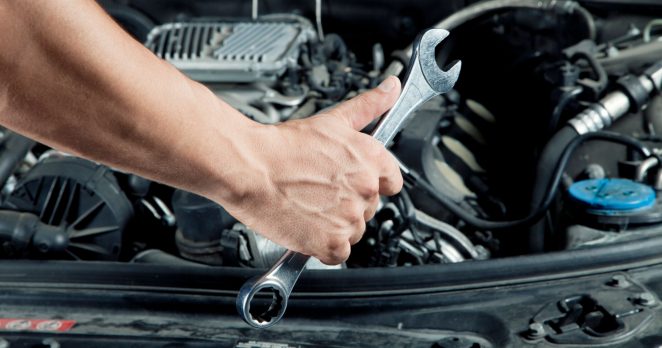
Emissions inspections may or may not be mandatory in the state or county you live in. However, any problems they identify with your exhaust can indicate more severe maintenance problems. Thus, it’s wise to get the inspection, and any vehicle service recommended.
Conclusion
If you want to avoid costly repairs, it’s wise to do preventive maintenance on your car. Check your tire pressure, suspension, belts, and hoses regularly. Change the oil, brake pads, air filters, and windshield wipers as necessary.
Keeping your battery free of corrosion, rotating your tires, and topping off your coolant can prolong the life of essential vehicle components. Emissions inspections can also help identify maintenance needs so you can get the service needed. Doing all of this will keep your car running well and help avoid emergency repair expenditures.
 Vermont Republic Second Vermont Republic
Vermont Republic Second Vermont Republic
